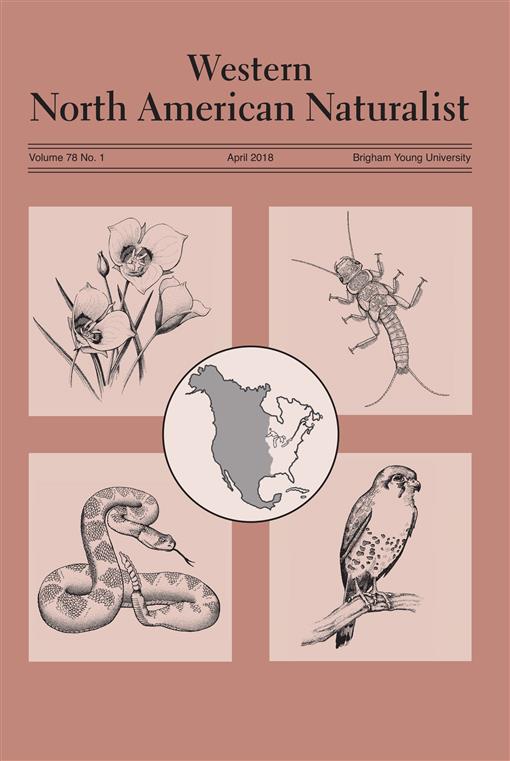Studies of rabbits and hares often use fecal pellet counts to estimate population density, create indices of abundance, and monitor habitat use, because fecal pellet counts are more easily deployed and less labor intensive than visual surveys and live trapping. In some habitats, plot size and shape can affect the measured pellet density and the resulting estimates of habitat use by rabbits. We compared rabbit (Sylvilagus spp.) fecal pellet density estimates derived from 0.155-m2 rectangular, 0.155-m2 circular, 1-m2 square, and 1-m2 circular plots in southern California chaparral and coastal sage scrub communities to evaluate habitat use by rabbits. Pellet plots were not an effective sampling design in our chaparral site where rabbit pellet density was low. Our coastal sage scrub site had an abundance of fecal pellets, and pellet density estimates varied by plot design. The 0.155-m2 plots were more easily deployed and counted, however they produced higher estimates of fecal pellet density, exhibited greater variance, and were unable to detect habitat differences in fecal pellet density. The 1-m2 plots required more effort but produced lower pellet density estimates, exhibited less variation, and were both able to detect habitat differences in fecal pellet density. We recommend that researchers conducting rabbit fecal pellet counts in Californian Mediterranean scrub habitats use 1-m2 circular plots for their ease of deployment, counting, and clearing and for their greater detection and precision in estimates of pellet densities.
How to translate text using browser tools
7 March 2018
Estimates of Habitat Use by Rabbits (Sylvilagus spp.) from Fecal Pellet Counts Varies by Plot Design in Southern California
Sean P. Dunagan,
Tim J. Karels
ACCESS THE FULL ARTICLE

Western North American Naturalist
Vol. 78 • No. 1
April 2018
Vol. 78 • No. 1
April 2018




